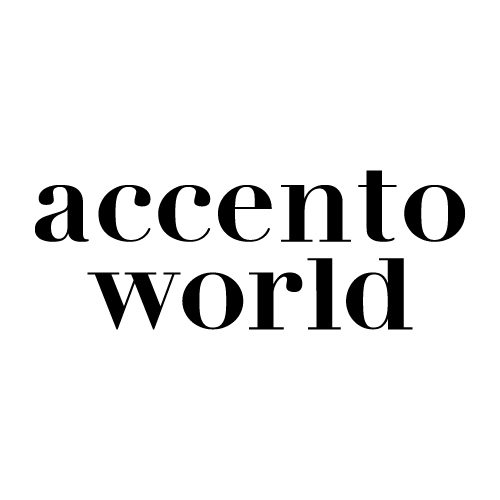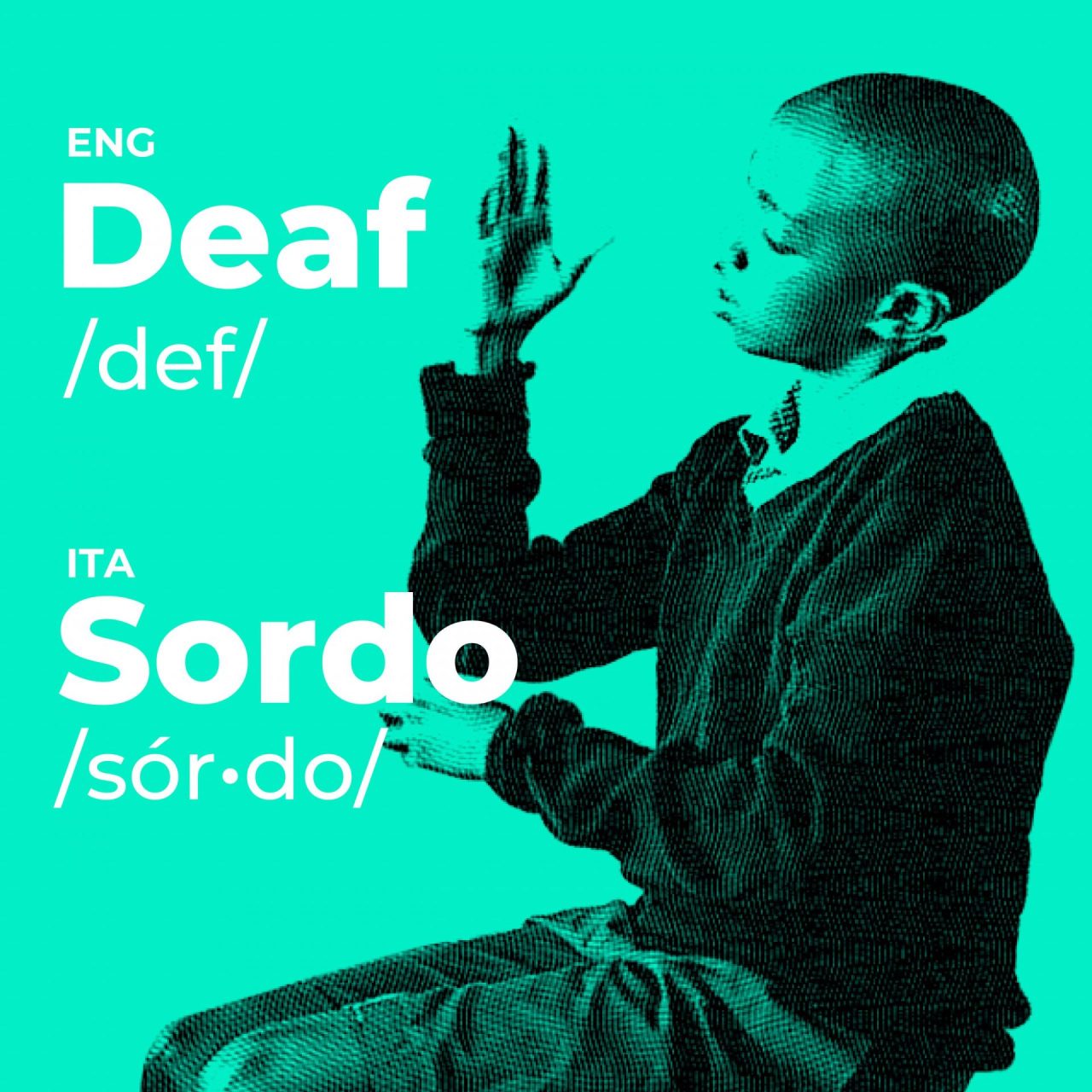Italian Sign Language

Accento
Italian gestures and sign language
Words by Chiara Pennetta, founder of the.undeaf
Download Italian version HERE
the.undeaf is an Instagram page that puts deafness and hearing loss at the center of daily life, encouraging us to rethink the way we perceive and approach these realities. With her contribution, Chiara Pennetta helps Accento look at Italian culture through a new lens.
I once heard a joke that went like this:
An Italian man is involved in a car crash and wakes up at the hospital. The doctor says: “I’m sorry, but we had to cut off your arms”. Shocked, the man replies: “How am I gonna talk now?!”
Italian people are famously known all around the world for their distinctive gesticulation. The internet is full of jokes and memes about it and you can’t study Italian language and culture without learning a gesture or two. In fact, you can easily find books specifically meant for improving your non-verbal communication in Italian. Generally, gestures are coverbal (i.e. used for accompanying speech), but they can also be used alone, without speaking. This is one of the reasons why many people compared Italian gestures with the languages used by the deaf community, sign languages. There are similarities, indeed, but signs and gestures are not the same thing. Let’s see why.
Gestures can be done with the hands, arms, shoulders and/or face, and represent a form of non-verbal communication that can be used either in place of, or in conjunction with, speech. Scholars classified various types of gestures, such as: deictic (ex. pointing); representational (ex. forming an oval with the hands to represent an egg); performative (ex. nodding, shrudding the shoulders); word searching (ex. tapping fingers with a frowning expression)… The representational category also includes conventional gestures (also called “emblems”), that are (almost) universal, ex. waving goodbye or putting out your thumb and little finger to mimic a phone call. Some emblems are not “universal” but are generally understood within the members of a cultural group, like the Italian gesture that is perhaps the most famous one, in which you keep your fingers together, with tips touching and pointing upward, the wrist moving up and down, meaning “What do you want?”, “What do you mean?” (check Accento World’s store to get your gadget!). This is also an example of a gesture that can be used alone, without speech. On the contrary, coverbal gestures don’t make sense without speech, and are used, for example, to emphasize a particular concept, to signal a change of topic, and so on.
On the other hand (pun intended), sign languages aren’t composed of gestures, but signs. What does that mean? For years, the manual language used by deaf people has been considered a lesser language, a pantomime without structure. One of the first scholars to study sign language was William Stokoe, an American linguist whose work on ASL (American Sign Language) led to a widespread recognition that sign languages are true languages, with syntax and morphology, and are not just a messy set of gestures. From then on, many more prejudices and misconcepts about sign languages have been debunked.
Italian Sign Language is called LIS (Lingua Italiana dei Segni, or Lingua dei Segni Italiana) and has been recognized as a “real”, official language by the Italian government just only recently, in May 2021. While speaking Italian, it is really important to call it “Lingua” and not “Linguaggio”. Those two words both translate to “language” in English, but have a quite different meaning: “lingua” is the word for a codified idiom, with grammar and syntax, while “linguaggio” refers to the general faculty of language (the ability to communicate), or to a system of communication (verbal language is the most common, but there are other: non-verbal language, music language, animal languages etc). So, it is important to remember that Italian Sign Language is, in Italian, “Lingua dei Segni Italiana”, and not “Linguaggio dei Segni”, or worse, “Linguaggio dei gesti” (“language of gestures”, actually a belittling and demeaning phrase).
So, while there are many similarities between gestures and signs (both are manual communication, both can be used without spoken language, both convey meaning, both can change from culture to culture…), only signs are used in a structured, codified system that is indeed a language. Moreover, signs can be broken down to basic units, just like words. Spoken/written words are divided into sub-components (ex. root, suffix, syllables, letters and phonemes…) and that constitutes phonology and morphology. Signs are broken down to basic units called cheremes: handshape, hand movement, hand orientation, location of the movement. Facial expressions and other upper body movements can also be distinctive. Changing a single chereme can completely change the meaning of the sign. For example, the sign for “mom” in LIS (North Italy) is done by tapping twice the hand closed in a fist on the cheek (see video below), the sign for “sorry” is identical but located on the chin.
Are Italian gestures used by hearing people the same as the signs used by Italian deaf people? Some gestures/signs are similar or identical: especially the iconic ones (the ones that are really similar to the object they want to represent, ex. the phone call). The famous “what do you want” Italian gesture is used also by deaf people, but there are specific signs for “what” and “why” that are used as well. The cursing sign (the middle finger), is mostly used by hearing people: LIS has other signs to tell someone off!
If Italian gestures used by hearing people are so many and so distinctive… can Italian hearing people talk… using only gestures? The point is: they don’t! First of all, because they don’t need to: they can hear. Secondly, there are not enough gestures to be used as a complete substitute to spoken language. Thirdly and most importantly, they are not organized in a structured grammar. So, they’re mostly used as coverbal gestures, to enrich spoken language in a way that is so amazingly… Italian.
You can watch a conversation in Italian “language of gestures” here, a non-existent language created by Alma Edizioni only for teaching purposes, to show the great variety and eloquence of Italian gestures! Can you guess every gesture’s meaning? Have fun!
If you like this content,
Please consider supporting us!
Please consider supporting us!
Accento operates as a self-funded project, and every new membership, purchase, or reshare plays an important role in our growth and content creation.




